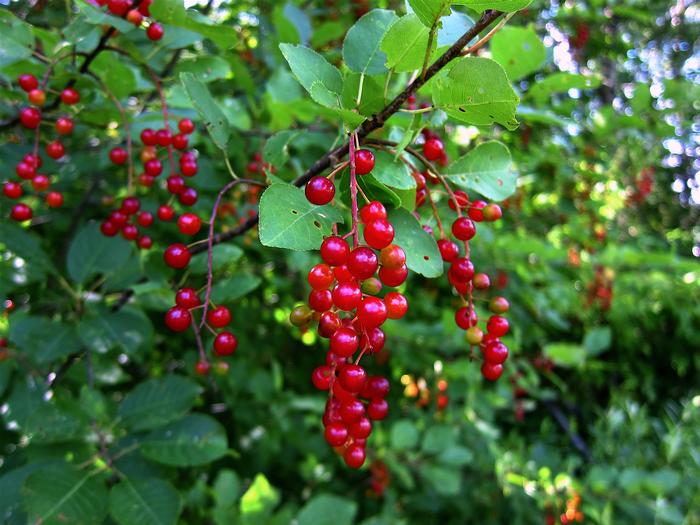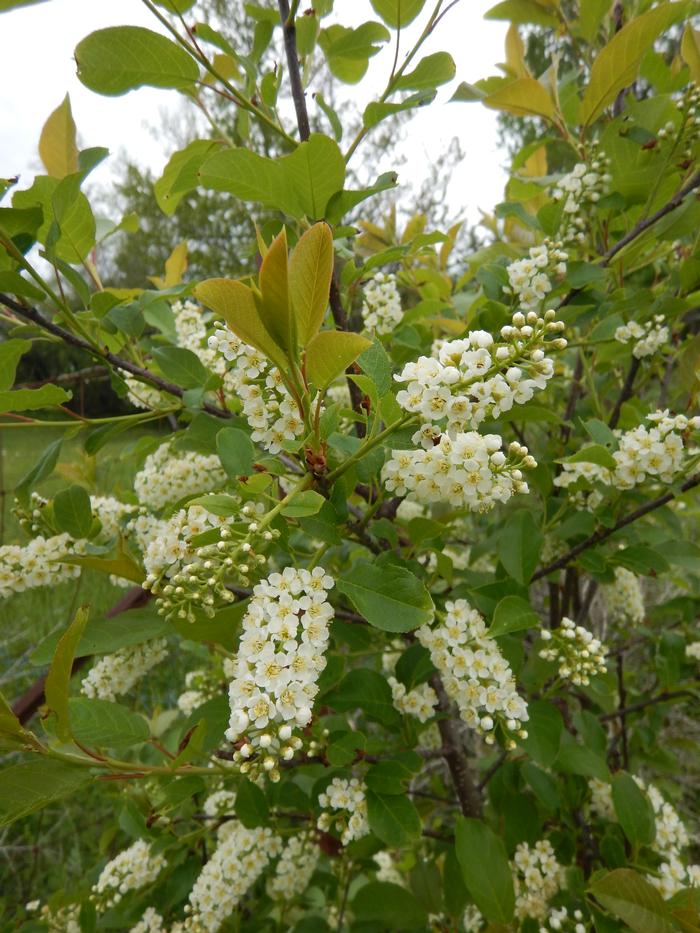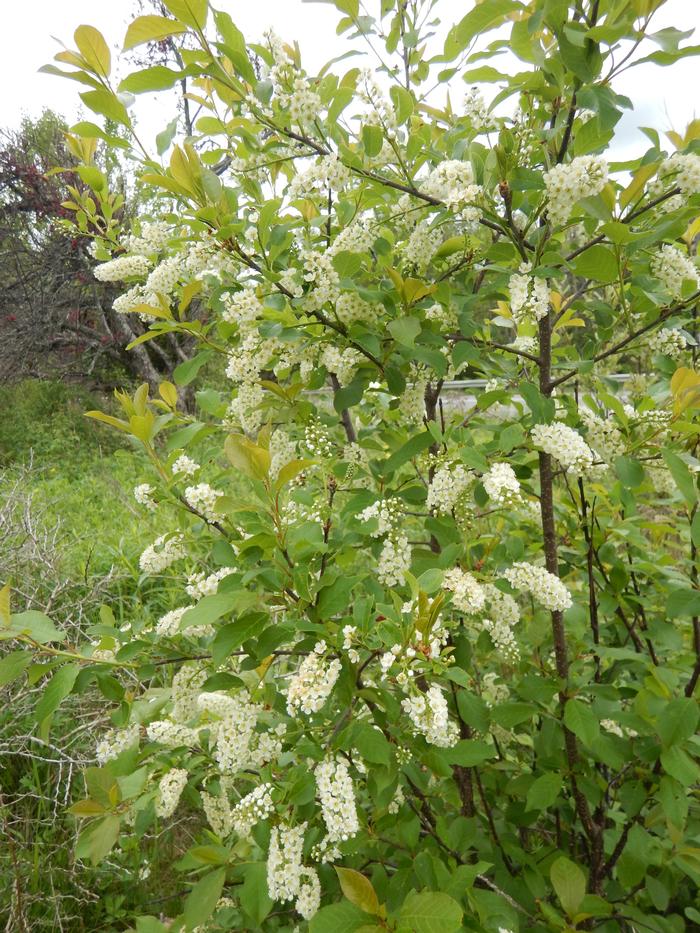This showy tree with a suckering habit is a great choice for naturalizing and hedging, and tolerates even the driest, rockiest soil. Showy flowers appear mid-spring, followed by fruits and flocks of birds. Prunus species are among the most broadly beneficial native plants, supporting a diversity of birds and animals and hosting or supporting over 400 species of butterflies and moths.
Return to Plant Search Home
Cultivation Status
|
Exposure
|
Soil Moisture
|
Ecoregion
| • |
(84) Atlantic Coastal Pine Barrens |
| • |
(82) Acadian Plains and Hills |
| • |
(58) Northeastern Highlands |
| • |
(83) Eastern Great Lakes Lowlands |
| • |
(59) Northeastern Coastal Zone |
|
Ornamental Interest
| • |
Summer Fruit |
| • |
Spring Bloom |
|
Attracts Wildlife
| • |
Host Plant |
| • |
Pollinator Powerhouse Plant |
| • |
Other Pollinators/Wildlife |
| • |
Attracts Songbirds |
| • |
Attracts Bees |
|
Tolerance
| • |
Drought Tolerant |
| • |
Urban Environment |
| • |
Deer/Rabbit Resistant |
| • |
Salt Tolerant |
|
Additional Attributes
| • |
Low Maintenance |
| • |
Edible |
|
Landscape Use
| • |
Rain Garden |
| • |
Naturalize |
| • |
Hedge/screening |
| • |
Massing |
|
Attractive Fall Foliage and/or Ornamental Fruit
| • |
Purple to Black Fruit |
| • |
Red Fruit |
|
Growth Habit
|



